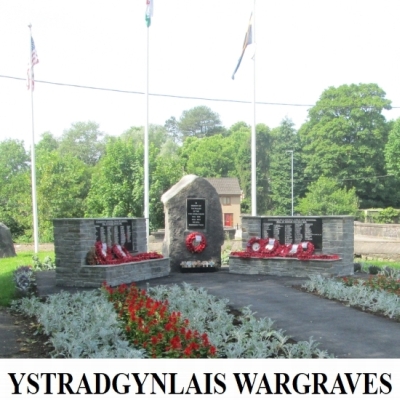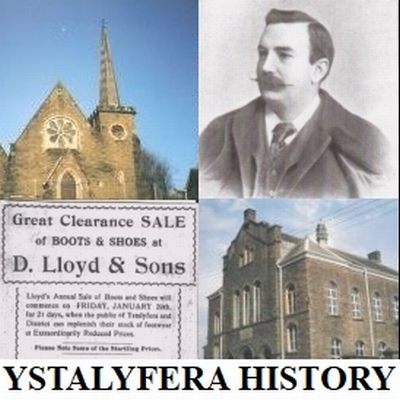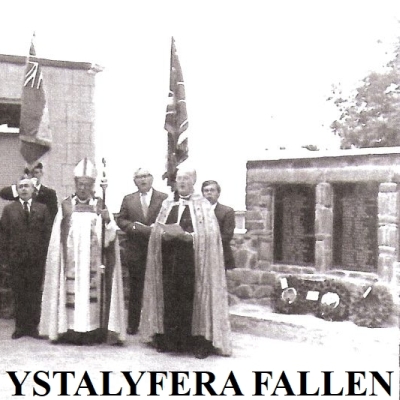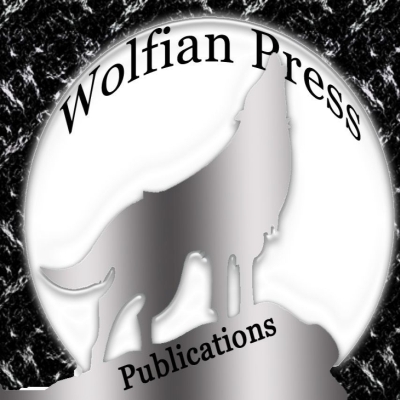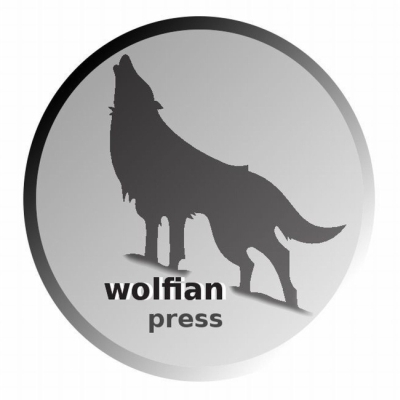Ystradgynlais History Articles
The History and Heritage of Ystradgynlais
The sub-menus at the top provide an easy access to the articles on this website, divided up between 1800-1938, 1939 to the present, the Gough family, articles from Y Gursonydd reproduced here under 'The Local Area', and Around the Town. Presented below are some previews of individual articles, or sections.
The history and heritage of Ystradgynlais is put online by Swansea Valley researcher Val Trevallion and Wolfian Design. All copyright remains with the original copyright holder, and all original research is copyright Val Trevallion, YEARGroup.
You can contact Ystradgynlais History by emailing: contact@ystradgynlais-history.co.uk or Val Trevallion by emailing yeargroup@hotmail.co.uk.





Featured on this Website
History of Ystradgynlais
HOWELL & HAMILTON MORGAN
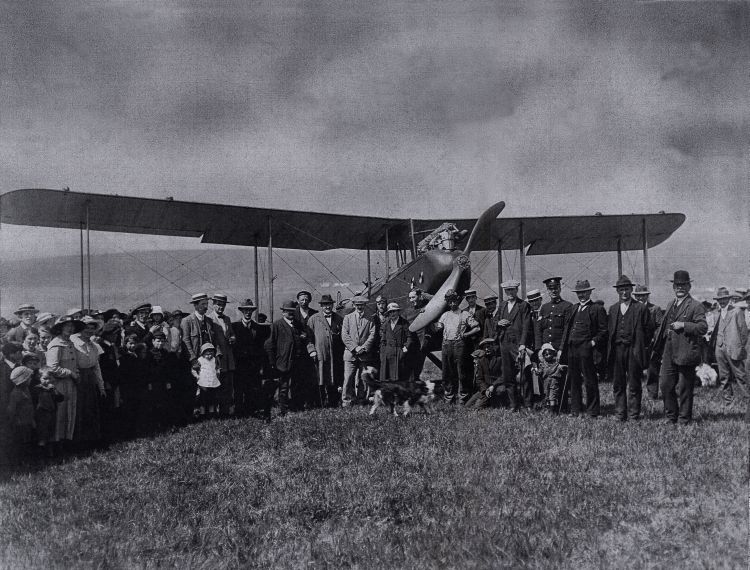
From a well-known Abercrave family, uncle and nephew Howell and Hamilton Morgan both served in the First World War. Using sources including the Llais we piece together their service, and look at the day that Hamilton Morgan landed his bomber on the Drum Mountain, to the great excitement of the locals.
Thank You to W. Stuart Davies for the photograph of the aircraft on the mountain.
YSTRADGYNLAIS BACKWOODSMEN 1933
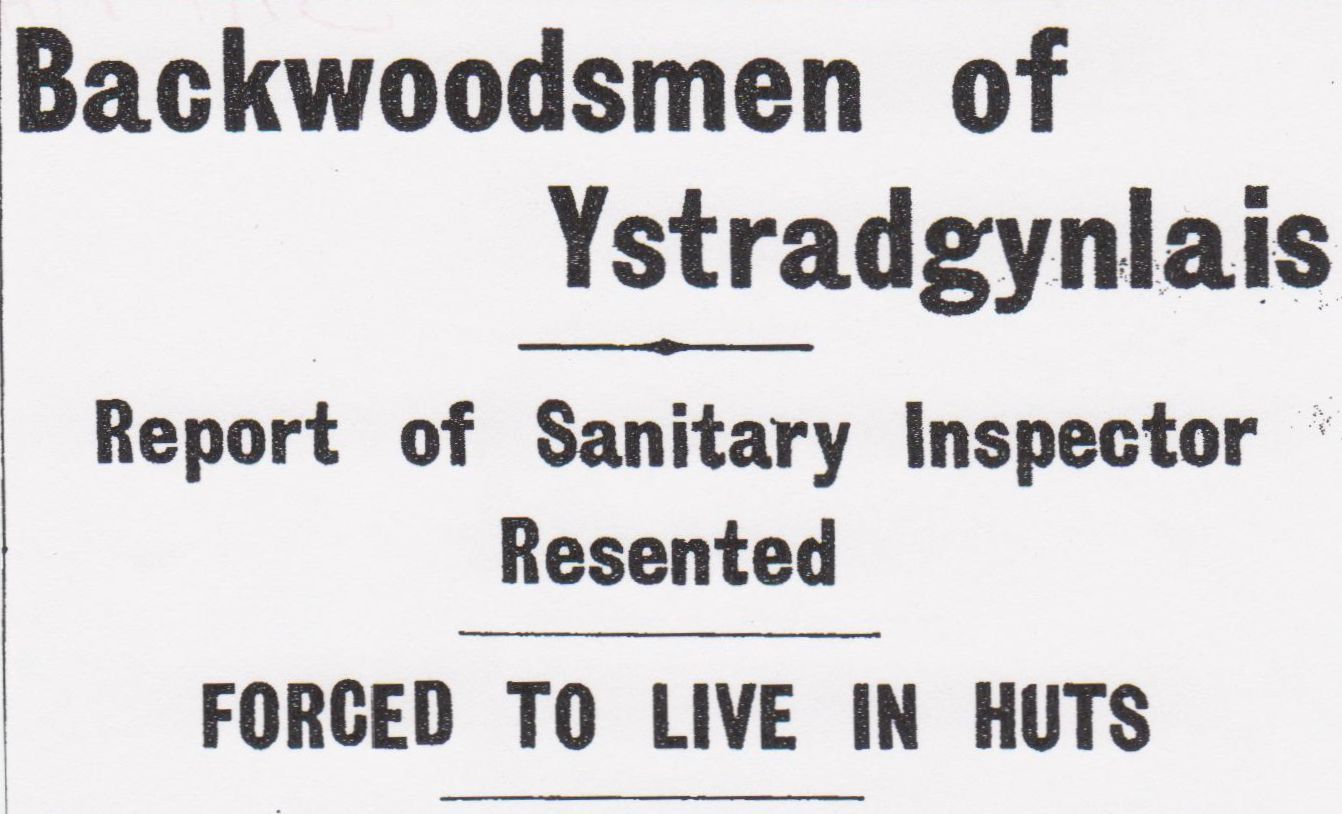
From the South Wales Voice newspaper of 20th May 1933, comes this article about ex-servicemen forced to live in shacks, known as "the caves" in a dingle by the Penrhos brick works. It was the height of the Great Depression and they argued that their unemployment benefit did not leave enough money for both the going rate of rent in the district, and to eat well enough to be able to take up a job if one were offered.
1954 NATIONAL EISTEDDFOD
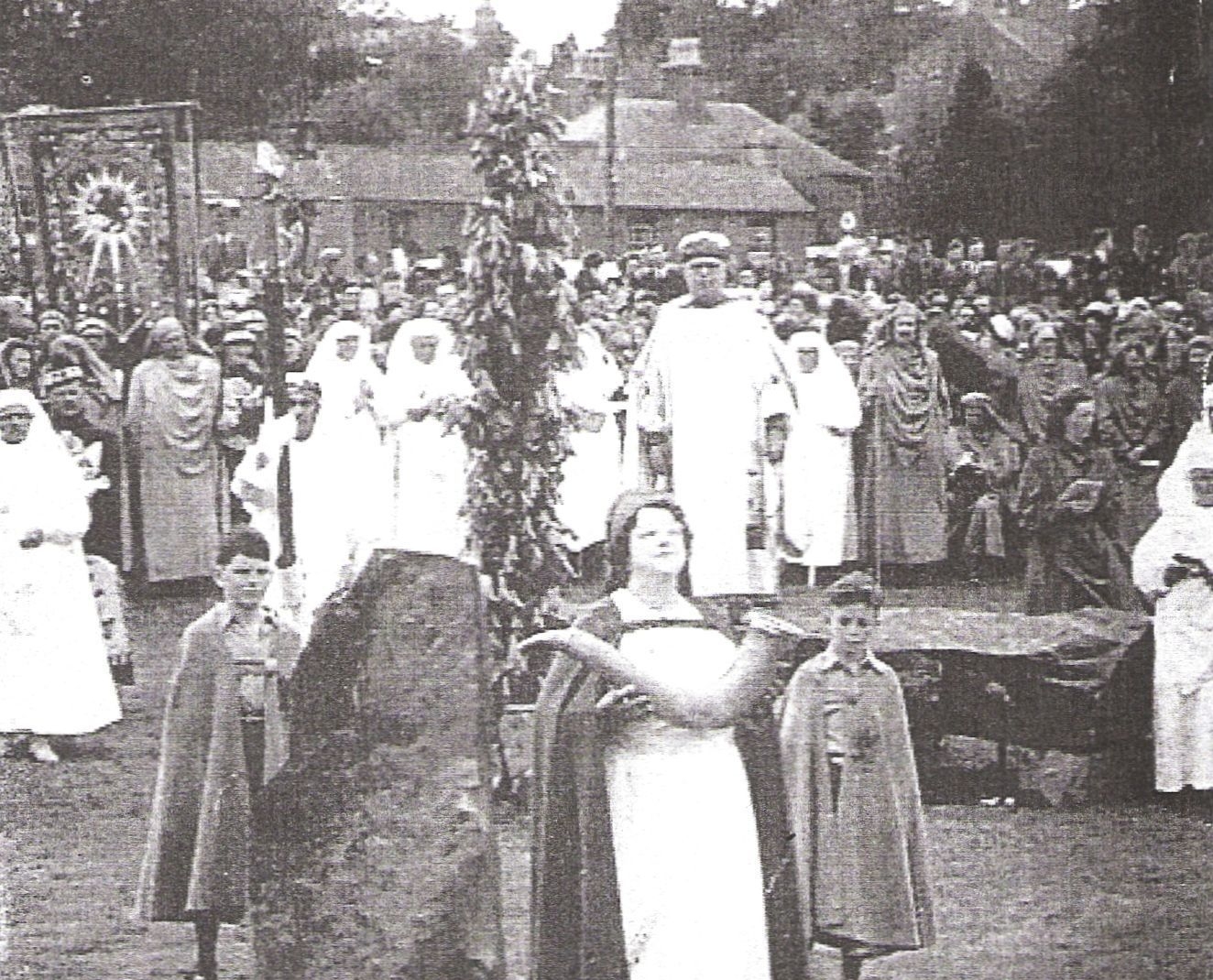
The National Eisteddfod of Wales was held in Ystradgynlais in August 1954. The main event took place in the playing fields, which now form part of the Ystradgynlais Rugby Club. The druid ceremonies were held in what is now Gorsedd Park, Ystradgynlais. This article was compiled with the help of archive material held in Ystradgynlais Library.
HMS ROSALIND PLAQUE PRESENTATION
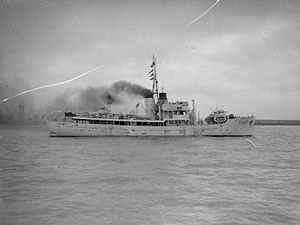
Ystradgynlais adopted the trawler-minesweeper HMS Rosalind during Warship Week in 1943, raising over £40,000 and earning a plaque in gratitude, which was presented at Ystradgynlais Welfare Hall, members of the Royal Navy being in attendance.
Ystradgynlais History Sections
Click title or picture to access
THE GOUGH FAMILY
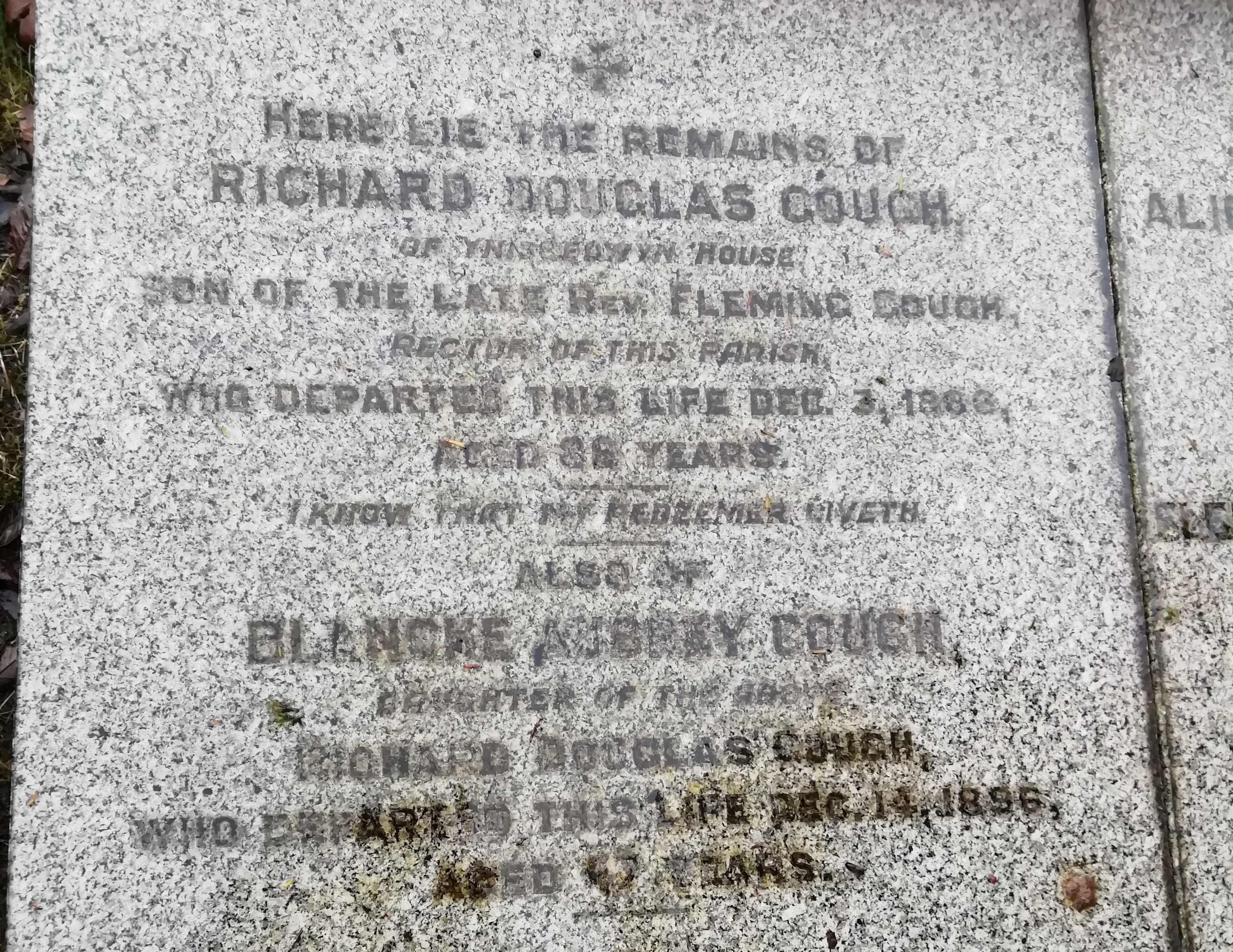
The Gough family were the local landowners in Ystradgynlais. They married into another local family of note, the Aubreys, and their estate was called the Ynyscedwyn estate, with their mansion, Ynyscedwyn House (sometimes spelt Yniscedwyn). The house was latterly used as council offices, before being demolished in the late twentieth century and replaced with a close of smart houses.
UNCLE LLEW'S WHISTLE
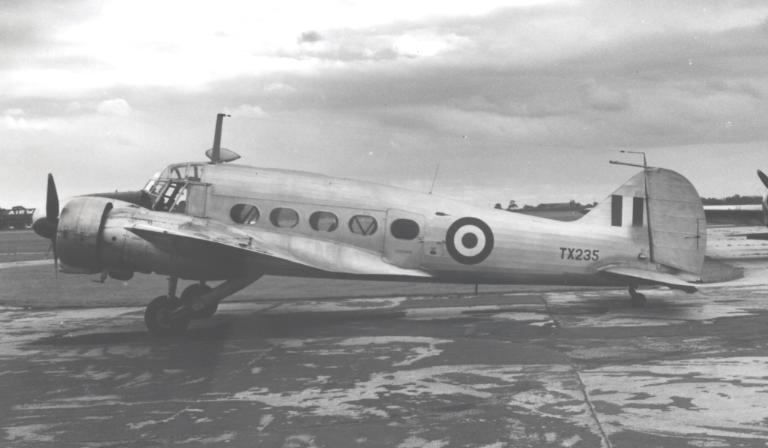
Uncle Llew's Whistle is an article by local historical researcher Val Trevallion. After the crash of the Anson training aircraft in the Brecon Beacons in January 1939, a local man had the idea that RAF aircrew should have rescue whistles, an idea that was adopted in time for the Second World War.
THE LOCAL AREA (From Y Gurnosydd)
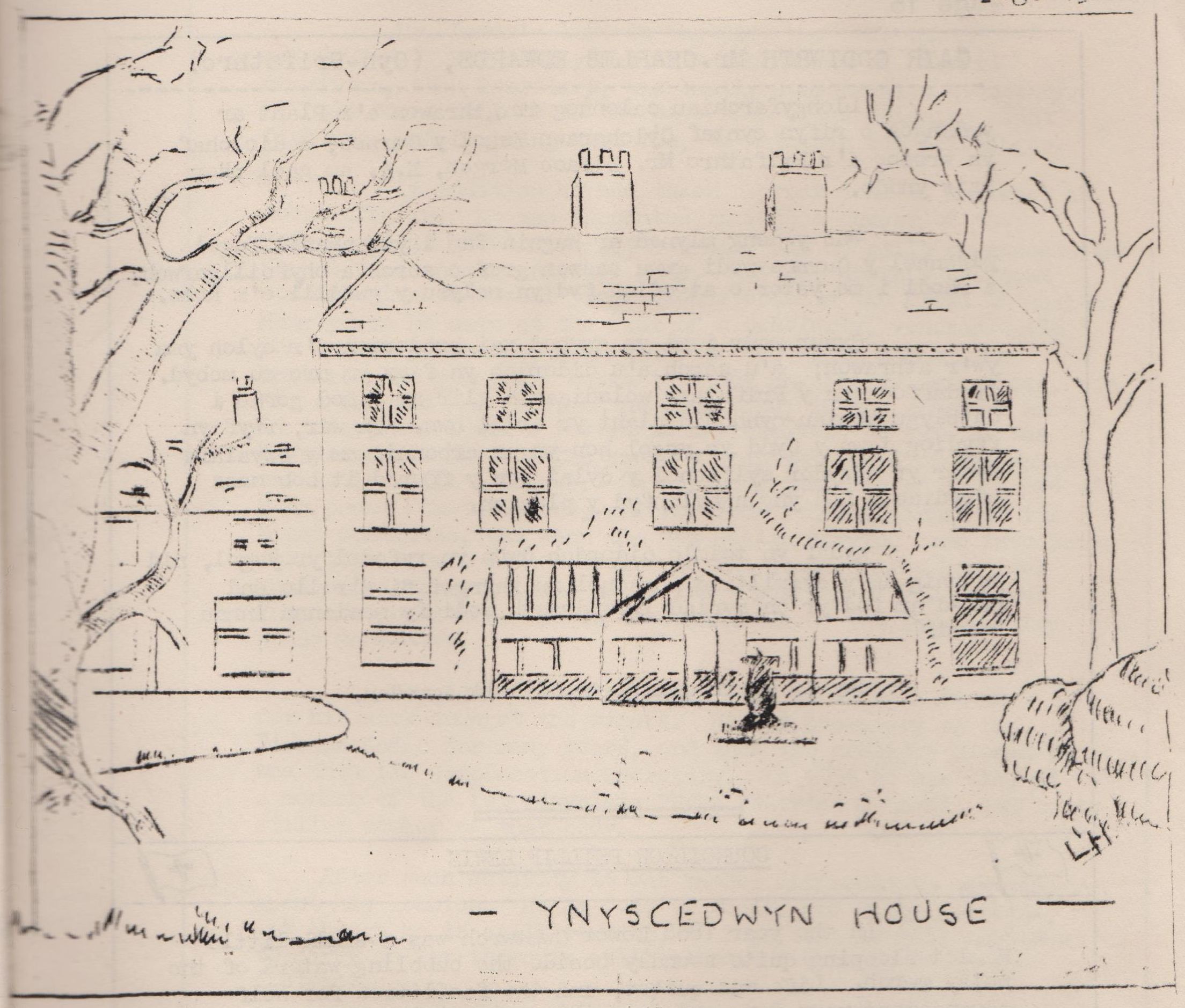
Gurnos Secondary Modern (Boys) School, as was, produced its in-house quarterly magazine Y Gurnosydd from December (Winter) 1948. YEARGroup has in its possession copies of Y Gurnosydd from December 1948 and from Summer 1949. Among talk of sports, class characters, and the impending world of work, these magazines carried local history studies of Gurnos and the surrounding area.
AROUND THE TOWN
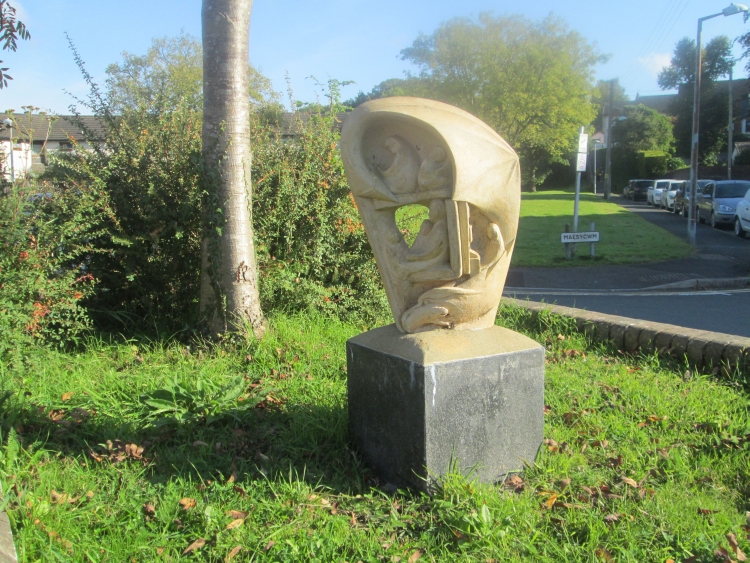
This section of the website looks at some parts of the town of Ystradgynlais today, including the ironworks arches, Gorsedd Park, the town clock, and the carving outside the library (piuctured above).
